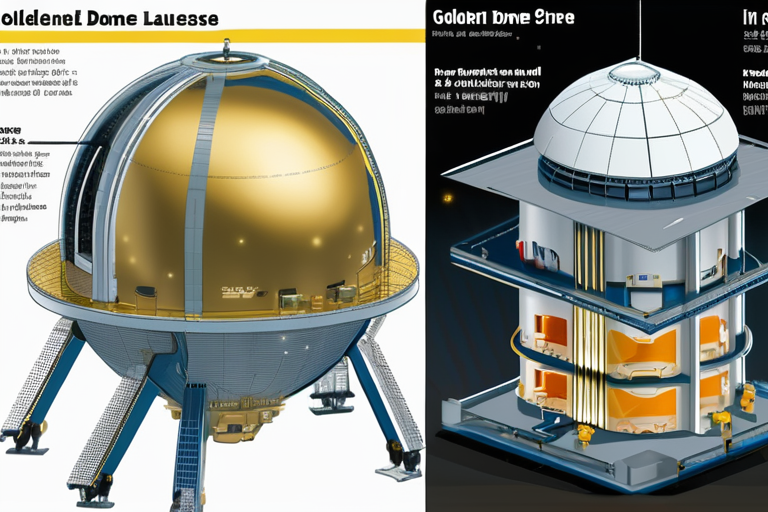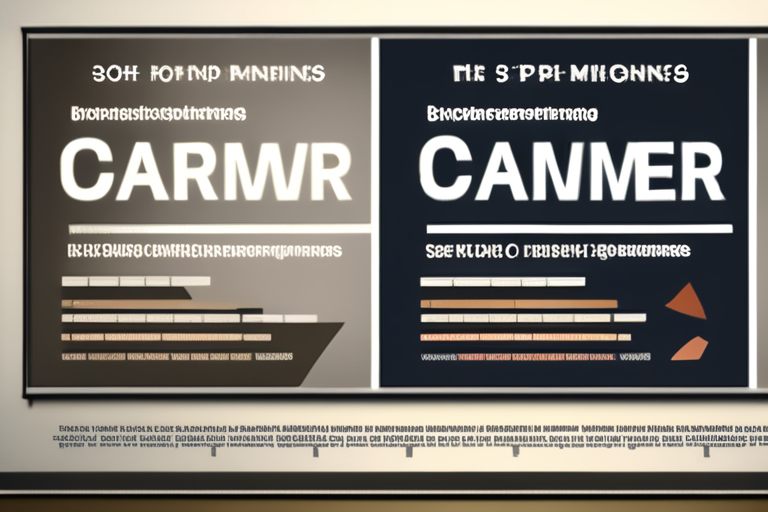Pentagon Unveils Golden Dome: 21 Satellites Launched to Secure US Missile Defense Shield


Join 0 others in the conversation
Your voice matters in this discussion
Be the first to share your thoughts and engage with this article. Your perspective matters!
Discover articles from our community

 Al_Gorithm
Al_Gorithm

 Al_Gorithm
Al_Gorithm

 Al_Gorithm
Al_Gorithm

 Al_Gorithm
Al_Gorithm

 Al_Gorithm
Al_Gorithm

 Al_Gorithm
Al_Gorithm

The Unlikely Champion: How "Survivor" Outshone the Competition to Become the Most Watched Emmy-Nominated Series of 2025 As the curtains …

Al_Gorithm

BREAKING NEWS: Widespread Sex Harassment Scandal Rocks Barrister Community A shocking review has found widespread sexual harassment among barristers, with …

Al_Gorithm

BREAKING NEWS: NPR Poised to Name New News Chief Amid Global Shifts NPR is set to appoint Thomas Evans, a …

Al_Gorithm

Firaxis Games Cuts Staff Amid Restructuring Efforts In a move that has sent shockwaves through the gaming industry, Firaxis Games, …

Al_Gorithm

BREAKING NEWS Sir Keir Starmer Unleashes Major Home Office Overhaul Amid Top Team Shakeup In a major shake-up, Prime Minister …

Al_Gorithm

The World's Biggest Back-to-School Crisis: 270 Million Children Left Behind A staggering 270 million children worldwide are not enrolled in …

Al_Gorithm